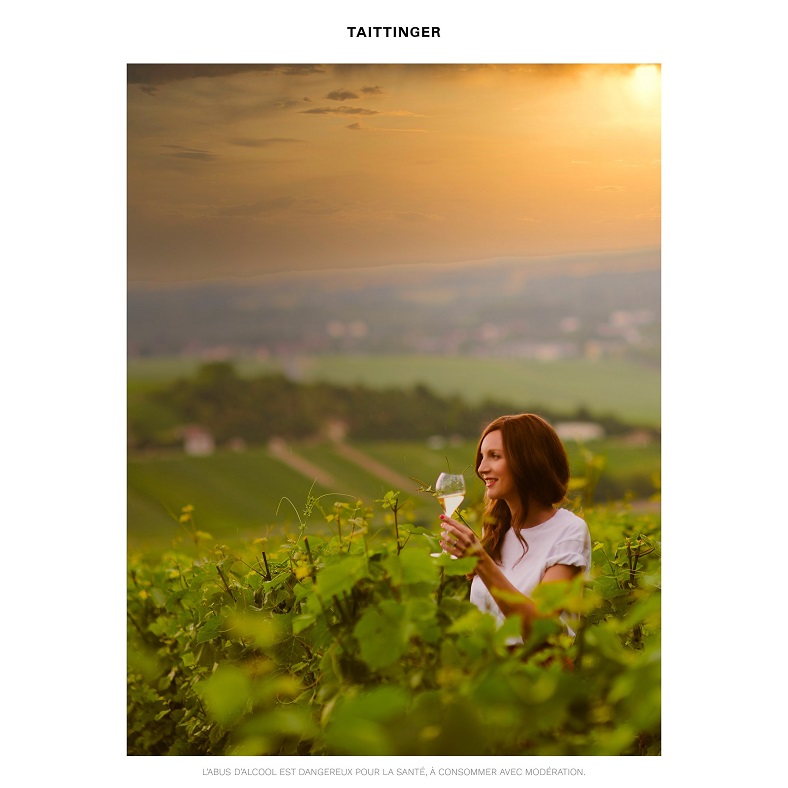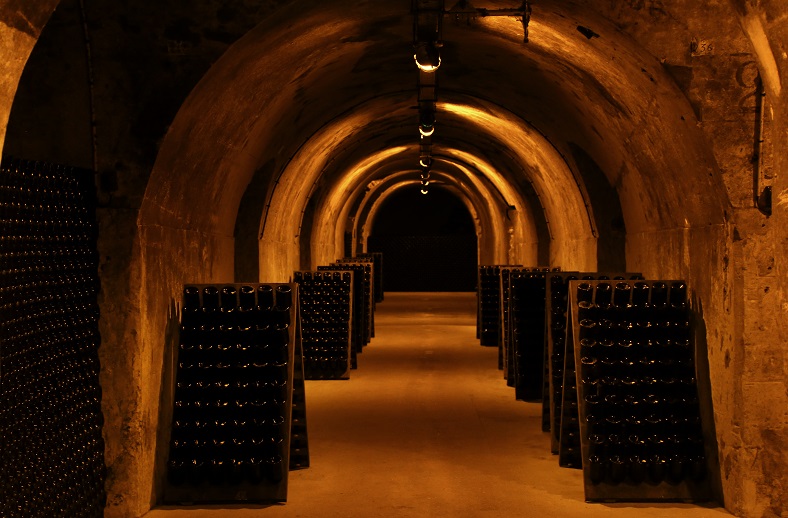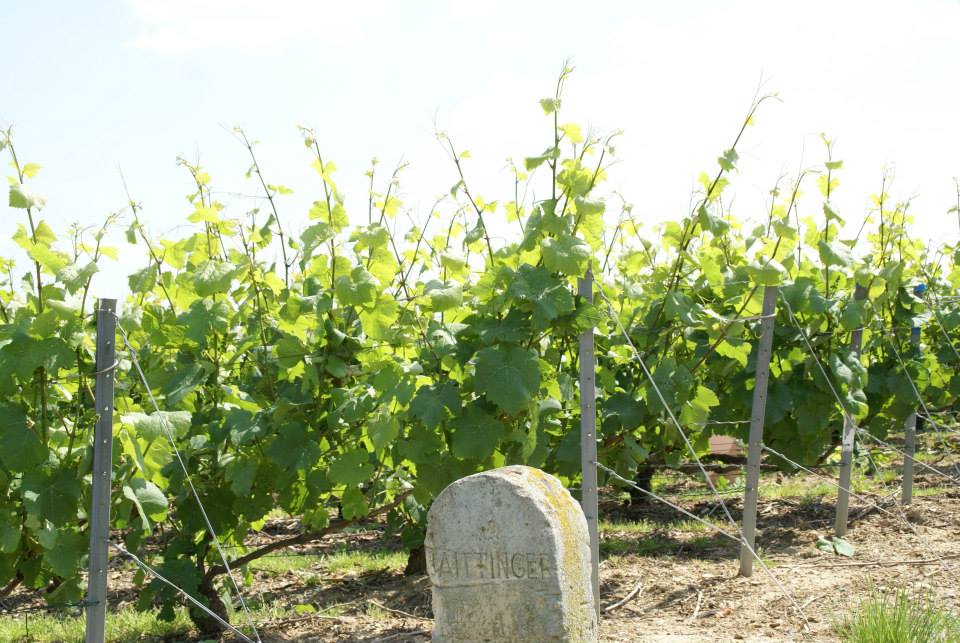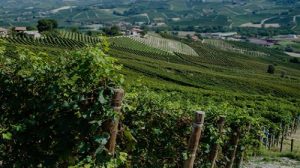
Taittinger: a signature, a fascinating and irreproachable house, and one of iDealwine’s partner producers. Here we take a look at a Champagne produced and run by a family more united than ever. Between last minute transmission and international expansion, Taittinger continues to make thrive its 288 hectares across the best Champagne terroirs.
A bold last-minute purchase
In 2006, the Taittinger empire was dismantled and bought by the American fund Starwood Capital. Several jewels are sold: Crillon and Lutetia, two mythical Parisian hotels, the crystal-maker Baccarat, a highly traditional house… and the eponymous Champagne house. Pierre-Emmanuel Taittinger enters his thirtieth year of career in the family owned Champagne house where he began as a salesman. With his family branch and the support of Crédit Agricole du Nord-Est bank, Pierre-Emmanuel Taittinger decided to buy the Champagne production business. Indeed, we can appreciate the perseverance shown to keep this house family-owned – especially such a giant producing several million bottles a year – whilst working in a luxury and competitive environment.
Champagne Taittinger: Tradition and prestige
In 1932, Pierre Taittinger, Member of Parliament, bought the Champagne house “Forest et Fourneaux”. Since then, the vines of the house have received with the most meticulous care: “viticulture is an integral part of their job“. Generation after generation, the vineyard was gradually extended, with the purchase of acres from the Marne Valley, towards the Côte des Bars. Today they cultivate 288 hectares spread over 34 crus among the best appellations, such as Avize. This production is complemented with the purchase of wines and grapes, all carefully selected. Although the house uses mainly Pinot Noir (48% Pinot Noir, 37% Chardonnay and 15% Pinot Meunier), Chardonnay is its trademark, conferring characteristic elegance and freshness to the champagne. Indeed, Taittinger is one of the main buyers of grapes from winemakers in the Côte des Blancs. In the three pressing centers, the grapes are separated by vintage, grape variety and fraction, before vinification. Against the current trend, Taittinger fully assumes selecting the best vines to replant them. This replanting technique ensures the conservation of a regional genetic heritage. Tradition is at the very heart of what they do.
Architecture and history for inspiration
The Taittinger house enjoys a wonderful architectural heritage, which is skillfully brought to the fore. Established in Reims, the house was built where the 13th century abbey church of Sainte-Nicaise stood. The order of Saint Benedict had considerably contributed to structuring the vineyard. At 18 meters deep, at the bottom of the chalk quarries, sleep the treasures of endless galleries dug in the limestone since the fourth century.
In the heart of Reims is the former home of the Comtes de Champagne, a medieval vestige that served as a reception hall for royal coronations.
An adherence to this history gave birth to the iconic Taittinger cuvée Comtes de Champagne, a tribute to those who worked to make the region more influential. This vintage Champagne is Blanc de Blancs – 100% Chardonnay – with the most qualitative grapes from the Côte des Blancs. The must is almost perfect: only the Cuvée, the wine from the first press, is used. This Champagne reveals a pure nose, with remarkable aromatic complexity and potential, after ageing for about 11 years.
Champagne herald across the world
Since the late 1970s, the pioneer spirit of Taittinger led the house 12,000 km away from Reims to California where, in association with Kobrand Corporation, their American distributor, they created the Carneros domain. Halfway between Napa and Sonoma, an American “sparkling wine” is produced, resembling Champagne. The idea was to bring the spirit of Champagne to California.

In 2015, Taittinger decides to conquer England. In Kent, not far from Canterbury, on chalky soil, Pierre-Emmanuel Taittinger chose to plant the same grape varieties as in Champagne. A clever way to get a foot in the door whilst remaining authentic and spreading the traditional Champagne method.
Flying the Champagne’s flag across the globe is what Taittinger does best, even when in France people get in the way. We remember that Taittinger valiantly defended itself after having been attacked during the 2014 Football World Cup, the brand was selected as the official Champagne supplier for the event. Pierre-Emmanuel Taittinger also shows a strong commitment in the actions carried out by the sector: he managed last summer the second edition of “Séjour des Réconciliations” a great event and meeting in echo to the inscription of Champagne Hillsides, Houses and Cellars at the UNESCO World Heritage.
Fresh blood
A breath of fresh air is blowing over the house with the arrival of two of Pierre-Emmanuel Taittinger’s children. Clovis Taittinger is the managing director and works for export. This is an immense job, as the foreign market represents more than 70% of the production. At the same time, Vitalie Taittinger, who was the artistic and marketing manager, took over the reins from her father at the head of the company. She is one of the few woman who lead a company in this region which is so used to seeing women at the helm.
What are the Champagnes like?
Brut Réserve: A beautifully light, balanced and elegant Champagne made from perfectly ripe grapes harvested from over 35 different vineyards. In the glass, the brilliant hay yellow hue is tinged with golden glints. The bubbles are fine, while it fizzes discreetly on the palate with a lingering sensation. The very open and expressive nose delivers fruity aromas evoking peach, along with notes of white flowers (hawthorn, acacia), brioche and vanilla pod. The palate offers a delightfully fresh initial impression before gently unfolding its flavours of fresh fruit and honey.
Prélude Brut Grand Cru: A joyous blend of finesse, complexity and outstanding aromatic expression! Prélude is a blend of 50% Chardonnay and 50% Pinot Noir from the finest Champagne vineyards. The brilliant hue is pale yellow with silver glints, a sign of the high proportion of exceptional Chardonnay. The fine bubbles form a persistent and delicately creamy ring of foam. Subtle and fresh on the nose, it reveals initial mineral aromas, quickly giving way to green and floral notes with spicy cinnamon undertones. The palate is clean and lively, dominated by exceedingly fresh citrus notes. Fuller, rounder and silkier sensations follow, culminating in a beautifully persistent finish. A perfect balance of freshness and aromatic strength!
Prestige rosé: Prestige rosé in four words only? Lively, fruity, fresh and elegant. This rosé Champagne is a blend of still red wine (15%) produced from the best Pinot Noir grown in the finest vineyards of the Montagne de Reims and Les Riceys, complemented by a high proportion of Chardonnay (30%). Taittinger Prestige Rosé immediately stands out for its intense, shimmering bright pink hue which reveals fine bubbles of exceptional finesse. The wonderfully expressive nose is loaded with aromas of fresh red fruits (raspberry, cherry, blackcurrant). The subtle balance between the freshness and structure of the ever-present crisp red fruits make for a full-bodied and smooth wine.

Brut Millésimé: The Taittinger Champagne House only crafts its Brut Millésimé wine in exceptional years. This means the quality of this wine, along with the fact that it is aged for five years, is always guaranteed. During these long years maturing in the cellar, the aromas slowly refine and develop to reveal fresh, lively notes of white flowers and citrus fruits underpinned by a subtle hint of pastry. On the palate, this pleasingly elegant Champagne offers fine creamy bubbles. Brut Millésimé definitely has all the ingredients to please discerning Champagne connoisseur!
Comtes de Champagne Blanc de Blancs: This exceptional cuvée was first crafted in 1952 as a tribute to Thibault IV, King of Navarre and last Count of Champagne during the reign of Saint-Louis. The finest example of the Taittinger Champagne House style and always a vintage wine, it is made from the finest parcels of grands crus in the Côte des Blancs. This rich, elegant, complex Champagne reveals a creamy substance that is both fresh and powerful.
Comtes de Champagne rosé: Taittinger Champagne House’s most rare cuvée, Comtes de Champagne rosé – which is always a vintage – is only produced in exceptional years. It is made from 30% Chardonnay grands crus from the prestigious Côte des Blancs and 70% Pinot Noir from the grands crus from the Montagne de Reims. This refined Champagne owes the secret of its uniqueness to the 15% of still red wine which is added to the blend.




